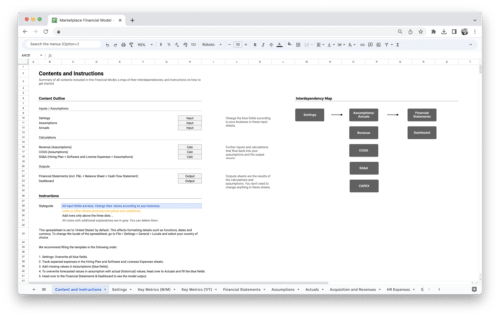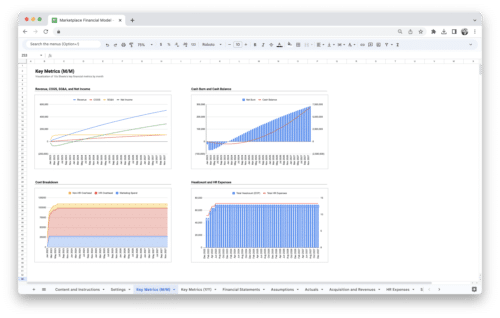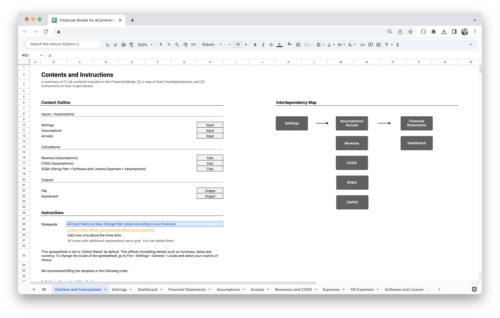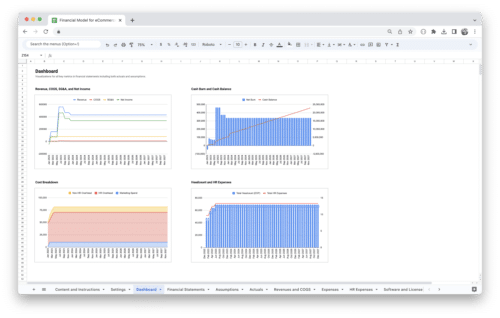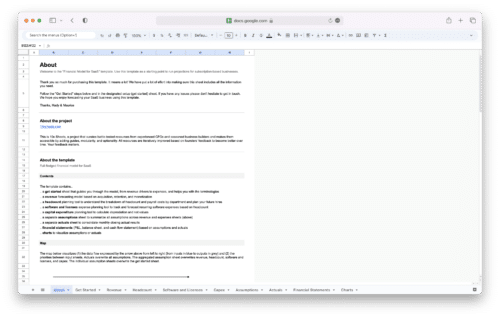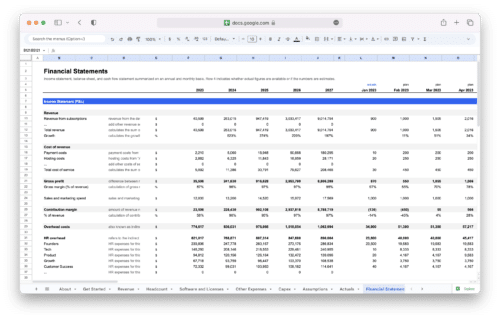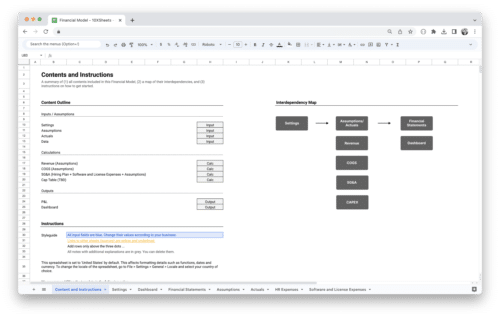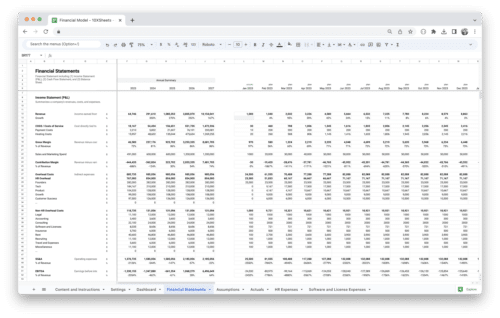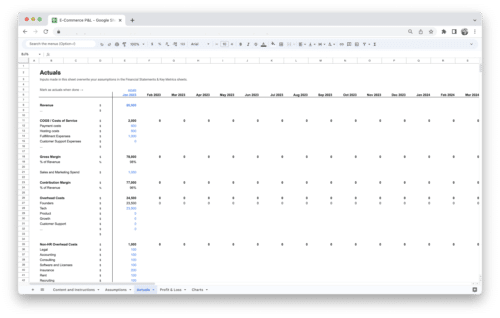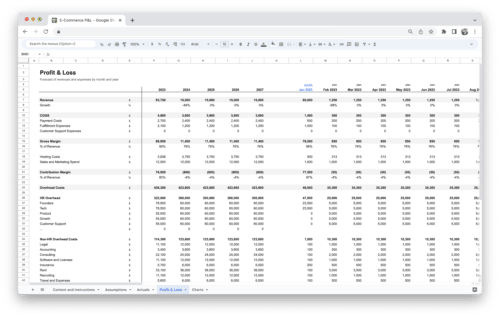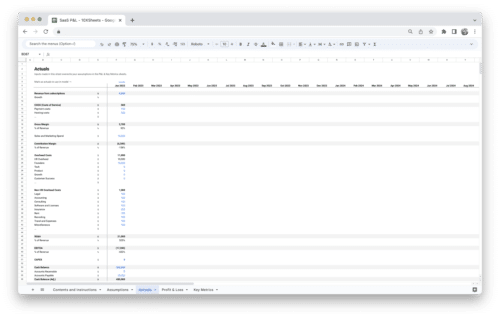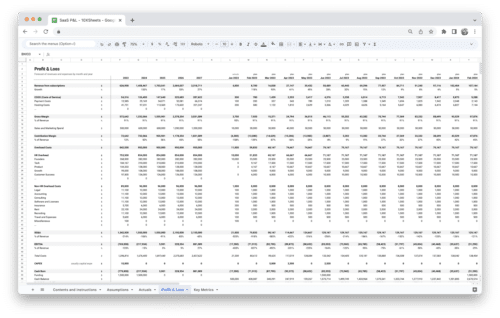
Ever wondered how a seemingly ordinary purchase or transaction can involve a hidden layer of taxation that affects both businesses and consumers? Value Added Tax (VAT) operates quietly behind the scenes, leaving its mark on everything from everyday purchases to global trade. In this guide, we’ll demystify VAT, explore its intricacies, and equip you with the knowledge to navigate this integral part of modern economies. Whether you’re a business owner, a consumer, or simply curious about the world of taxation, join us on a journey into the world of VAT to unravel its significance, implications, and practical applications.
What is VAT?
Value Added Tax (VAT) is a consumption tax that is levied at each stage of the production and distribution of goods and services. Unlike traditional sales tax, which is typically applied only at the final point of sale to the end consumer, VAT is imposed at multiple points along the supply chain. Here’s a closer look at what VAT entails:
- Multiple Stages: VAT is collected at various stages of a product or service’s journey from raw materials to the final consumer. This includes manufacturers, wholesalers, and retailers.
- Incremental Taxation: At each stage, businesses pay VAT on the value they add to the product or service. The tax is calculated based on the difference between the selling price and the cost of materials or services used.
- Passing the Tax: Businesses collect VAT from their customers and remit it to the government. This means that consumers ultimately bear the tax burden, as the cost is passed on in the form of higher prices.
Why is VAT Important?
VAT plays a significant role in the financial systems of many countries. Its importance extends beyond revenue generation. Here are key reasons why VAT is important:
- Revenue Generation: VAT is a major source of revenue for governments. It funds public services, infrastructure development, and social programs.
- Avoiding Double Taxation: VAT is designed to avoid double taxation that can occur with traditional sales tax. It ensures that tax is applied only on the value added at each stage of production.
- Economic Efficiency: VAT promotes economic efficiency by encouraging businesses to accurately record transactions, report their financial activities, and claim input VAT refunds.
- Global Standard: VAT is a globally recognized tax system. Many countries have adopted it, making it essential for international trade and harmonizing taxation methods.
- Tax Fairness: VAT is often considered a fair tax as it is based on consumption. Individuals can control their tax liability by choosing what and how much they consume.
- Compliance and Oversight: VAT compliance requires businesses to maintain detailed records and report regularly, facilitating transparency and accountability.
- Economic Stability: A well-implemented VAT system can contribute to economic stability by providing a stable source of revenue for governments.
VAT vs. Sales Tax
VAT and traditional sales tax are both consumption taxes, but they differ in several key ways. Understanding these differences is essential for businesses and consumers alike:
- Point of Collection: VAT is collected at multiple points along the supply chain, whereas sales tax is typically collected only at the final point of sale to the end consumer.
- Tax Calculation: VAT is calculated based on the value added at each stage of production or distribution. In contrast, sales tax is applied as a percentage of the final selling price.
- Tax Burden: VAT places the tax burden on the consumer, who ultimately pays the tax through higher prices. Sales tax, on the other hand, is directly borne by the consumer at the time of purchase.
- Input Tax Credits: Businesses can often claim input tax credits for the VAT they pay on their expenses. This reduces the overall tax liability. In a sales tax system, such credits are less common.
- Complexity: VAT systems can be more complex to administer and require businesses to maintain detailed records. Sales tax systems are often simpler from a business perspective.
- Global Variability: VAT is used in various forms worldwide, with different rates and regulations in each country. Sales tax rules can also vary, but they tend to be more consistent within a single country.
- Transparency: VAT systems are often more transparent, as the tax amount is clearly stated on invoices and receipts at each stage of the supply chain. Sales tax is usually less transparent, as the consumer sees only the final tax-inclusive price.
Understanding the distinctions between VAT and sales tax is essential for businesses operating in different regions and for consumers trying to navigate the tax implications of their purchases. It also highlights the significance of VAT in today’s global economy.
VAT Examples
To gain a deeper understanding of how Value Added Tax (VAT) works in practice, let’s explore some real-world examples that illustrate its application across various stages of production and distribution.
Example 1: Manufacturing Process
Imagine a company that manufactures bicycles. Here’s how VAT would apply at different stages:
- Raw Materials Purchase: The company purchases steel, rubber, and other materials from suppliers. It pays VAT on these purchases, which is considered Input VAT.
- Manufacturing Stage: During the manufacturing process, the company adds value to the raw materials by transforming them into bicycles. VAT is calculated on the increased value of the product.
- Calculation: If the cost of materials is $200, and the company’s manufacturing process adds $100 in value, the total value of the bicycle is $300. At a VAT rate of 20%, the company owes $60 in VAT.
- Wholesaler Purchase: A wholesaler buys bicycles from the manufacturer to distribute to retailers. They pay VAT on their purchase.
- Calculation: If the manufacturer sold the bicycle for $360 (including VAT), the wholesaler pays $60 in VAT when buying it.
- Retail Sale: A retailer sells the bicycle to a consumer. They charge VAT on the selling price.
- Calculation: If the retailer sells the bicycle for $500 (including VAT), the consumer pays $100 in VAT.
- VAT Remittance: At each stage, businesses collect VAT from their customers and remit it to the government. The manufacturer remits $60, the wholesaler remits $40, and the retailer remits $100.
Example 2: Service Industry
Consider a graphic design agency that provides services to clients. VAT also applies to service-based businesses:
- Client Service: The graphic design agency offers design services to a client. They charge VAT on the service fee.
- Calculation: If the service fee is $1,000 (including VAT), the client pays $200 in VAT.
- Input VAT: The agency incurs expenses for software, office supplies, and equipment. They pay VAT on these expenses, which can be reclaimed as Input VAT.
- VAT Remittance: The agency collects $200 in VAT from the client and can offset it against the Input VAT paid on expenses. The agency remits the difference to the government.
Example 3: International Trade
When goods are traded internationally, VAT considerations become more complex due to cross-border transactions:
- Export: A company in one country exports goods to another. These goods are usually zero-rated for VAT, meaning no VAT is charged to the foreign buyer. The exporter can still reclaim Input VAT on related expenses.
- Import: The foreign buyer pays VAT upon importation in their country. This is referred to as Import VAT.
- VAT Refunds: In some cases, the foreign buyer may be eligible for a VAT refund from the exporting country if they meet certain criteria. The process involves documentation and customs procedures.
These examples illustrate how VAT is applied differently in various scenarios, from manufacturing and service industries to international trade. It’s important for businesses to understand and manage VAT effectively to comply with tax regulations and optimize their financial positions.
As you can see, VAT is a complex yet crucial aspect of taxation with a significant impact on businesses and consumers alike. By examining these examples, you can better appreciate how VAT operates in practice and its implications for various economic activities.
VAT for Businesses
Understanding how Value Added Tax (VAT) affects businesses of different sizes and those involved in international transactions is crucial for effective financial management. We’ll explore VAT’s impact on businesses, ranging from small enterprises to large corporations, and delve into international VAT considerations.
VAT for Small Businesses
Small businesses play a vital role in the economy, and VAT can significantly impact their operations. Here’s how VAT affects small businesses:
- Registration Threshold: Small businesses should monitor their revenue to ensure they remain below the VAT registration threshold. If they exceed this threshold, VAT registration becomes mandatory.
- Cash Flow Management: VAT can affect cash flow, as businesses must collect VAT from customers and pay it to the tax authority. Effective cash flow management is essential to meet VAT obligations.
- Input VAT Recovery: Small businesses should maximize their input VAT recovery by keeping meticulous records of expenses. Claiming input VAT can help reduce the overall tax burden.
- VAT Flat Rate Scheme: Some countries offer a VAT Flat Rate Scheme for small businesses, simplifying VAT calculations and returns. Eligibility and benefits vary by jurisdiction.
- Voluntary Registration: Small businesses below the registration threshold can choose to register for VAT voluntarily. This may be beneficial if they have significant input VAT to reclaim.
VAT for Large Businesses
Large corporations face unique VAT challenges due to their scale and complexity. Here’s how VAT affects large businesses:
- VAT Compliance Teams: Large businesses often maintain dedicated VAT compliance teams to manage complex VAT issues, ensuring they meet all legal requirements.
- Cross-Border Transactions: International operations can complicate VAT compliance, as businesses must navigate the different VAT rules and rates of various countries.
- VAT Recovery Optimization: Large businesses usually have significant input VAT to recover. Efficiently managing input VAT is crucial for reducing overall tax liabilities.
- ERP Systems: Many large businesses use Enterprise Resource Planning (ERP) systems to automate VAT calculations, ensuring accuracy and efficiency in VAT reporting.
- Tax Optimization: Large corporations often engage in tax optimization strategies to legally minimize their VAT liabilities while remaining compliant with tax laws.
International VAT Considerations
Expanding operations across borders introduces additional VAT complexities. International VAT considerations are vital for businesses engaged in cross-border trade:
- VAT Rates and Rules: Each country has its own VAT rates and rules. Businesses must be aware of and comply with the VAT regulations of the countries they operate in.
- VAT Registration: Depending on the volume of business activities, businesses may need to register for VAT in multiple countries where they have a significant presence.
- VAT on Imports and Exports: Import and export transactions can be subject to VAT. Understanding the VAT treatment of goods and services crossing borders is essential.
- VAT Recovery in Other Countries: Businesses can often reclaim VAT paid in other countries, but the process varies by jurisdiction. Proper documentation and procedures are critical.
- VAT Compliance Across Borders: Managing VAT compliance across multiple countries can be complex. Consider using VAT compliance software or consulting with experts in international VAT.
By grasping how VAT impacts businesses, both small and large, and understanding the nuances of international VAT considerations, you can make informed decisions and navigate the complexities of VAT effectively.
VAT for Consumers
Now, let’s shift our focus to how Value Added Tax (VAT) affects consumers. While businesses are responsible for collecting and remitting VAT, consumers also feel the impact in various ways. We’ll explore the implications of VAT on consumers and dive into VAT refunds for tourists and exemptions or reduced rates for specific items.
How VAT Affects Consumers
VAT is a consumption tax, and its cost is ultimately borne by consumers. Here’s how VAT affects consumers in their day-to-day lives:
- Higher Prices: VAT increases the final prices of goods and services. Consumers pay more than the base price due to the added VAT amount.
- Varied VAT Rates: Different goods and services may have varying VAT rates, affecting the overall cost. Consumers should be aware of the applicable rates for their purchases.
- Consumer Goods: Everyday items like groceries, clothing, and electronics are often subject to VAT. Consumers should consider VAT when budgeting for these expenses.
- Impact on Low-Income Individuals: VAT can have a more significant impact on individuals with lower incomes, as it represents a larger percentage of their budget.
VAT Refunds for Tourists
Tourists who visit foreign countries may be eligible for VAT refunds on their purchases. This provides an incentive for international shoppers and stimulates tourism. Here’s how VAT refunds for tourists work:
- Eligibility Criteria: Tourists typically need to meet certain criteria, such as a minimum purchase amount, to qualify for VAT refunds.
- Retailer Participation: Not all retailers participate in VAT refund schemes. Tourists should look for shops displaying VAT refund signs and inquire about the process before making purchases.
- Required Documentation: Tourists must keep their receipts and complete refund forms provided by the retailer. These documents are essential for claiming the refund.
- Customs Verification: Before leaving the country, tourists must present their purchased items, receipts, and refund forms to customs officials for verification.
- Refund Options: Tourists can choose to receive their VAT refund in various forms, such as cash or credit to their payment card, depending on the refund program.
VAT Exemptions and Reduced Rates
VAT exemptions and reduced rates are applied to specific categories of goods and services in some countries to benefit consumers. Here’s what you need to know about these exceptions:
- Exemptions: Certain goods and services may be completely exempt from VAT. This means that no VAT is added to their price, making them more affordable for consumers. Common exemptions include essential food items, healthcare, and educational services.
- Reduced Rates: Some items are subject to a reduced VAT rate, which is lower than the standard rate. Reduced rates are often applied to items like books, public transportation, and cultural events, making them more accessible to consumers.
- Government Policy: VAT exemptions and reduced rates are typically determined by government policy. These policies may change over time, so it’s essential for consumers to stay informed about the latest regulations.
By understanding how VAT affects consumers, including the potential for VAT refunds while traveling and the impact of exemptions and reduced rates, individuals can make informed purchasing decisions and navigate the VAT landscape more effectively.
VAT Enforcement and Penalties
Ensuring VAT compliance is not only essential for businesses but also for governments to collect revenue effectively. We’ll explore VAT enforcement mechanisms, the process of VAT audits, penalties for non-compliance, and the legal implications of failing to meet VAT obligations.
VAT Audits
- Purpose of VAT Audits: Tax authorities may conduct VAT audits to verify the accuracy and completeness of VAT returns submitted by businesses. Audits help identify any discrepancies or underreported VAT.
- Selection for Audits: Businesses can be selected for audits based on various criteria, including the size of their operations, industry-specific risks, or random selection.
- Documentation Review: During an audit, tax authorities review a business’s financial records, VAT returns, and supporting documentation, such as invoices and receipts.
- Duration of Audits: The duration of VAT audits varies based on the complexity of the business and the scope of the audit. Some audits may be completed in a matter of weeks, while others can extend for months.
Penalties for Non-Compliance
- Late Filing Penalties: Businesses that fail to submit VAT returns on time may face penalties, which can be a fixed amount or a percentage of the overdue VAT.
- Inaccurate Reporting: Providing incorrect information on VAT returns, whether intentional or due to errors, can result in penalties.
- Failure to Register: Operating a business without VAT registration when required by law can lead to substantial fines.
- Tax Evasion: Deliberate tax evasion, such as hiding income or inflating expenses to reduce VAT liability, is a serious offense that can result in criminal charges and significant fines.
Legal Implications
- Civil and Criminal Consequences: Non-compliance with VAT regulations can lead to both civil and criminal consequences. Civil penalties may include fines, interest, and additional tax assessments. In severe cases, individuals involved may face criminal charges.
- Reputation Damage: Non-compliance can harm a business’s reputation and erode consumer trust. Negative publicity resulting from legal issues can have long-lasting effects on a company’s brand.
- Personal Liability: In some instances, business owners and directors may be held personally liable for VAT debts and penalties if they are found to have knowingly or negligently allowed non-compliance.
- Legal Defense: In the event of a dispute with tax authorities, businesses and individuals have the right to legal representation to defend their interests.
Understanding the enforcement mechanisms, potential penalties, and legal implications of VAT non-compliance is essential for businesses to prioritize compliance and avoid costly legal and financial repercussions.
Conclusion
Value Added Tax (VAT) is a pivotal aspect of our financial world. Whether you’re running a business, making everyday purchases, or exploring international trade, VAT influences your economic interactions. By understanding its basics, impact, and compliance, you can make informed financial decisions and contribute to the stability of your country’s economy.
Remember, VAT may seem complex, but it’s an essential tool for governments to provide public services and maintain infrastructure. So, the next time you see that VAT amount on your receipt or engage in a business transaction, you’ll have a clearer understanding of how VAT fits into the big picture of our financial systems.
Get Started With a Prebuilt Template!
Looking to streamline your business financial modeling process with a prebuilt customizable template? Say goodbye to the hassle of building a financial model from scratch and get started right away with one of our premium templates.
- Save time with no need to create a financial model from scratch.
- Reduce errors with prebuilt formulas and calculations.
- Customize to your needs by adding/deleting sections and adjusting formulas.
- Automatically calculate key metrics for valuable insights.
- Make informed decisions about your strategy and goals with a clear picture of your business performance and financial health.

